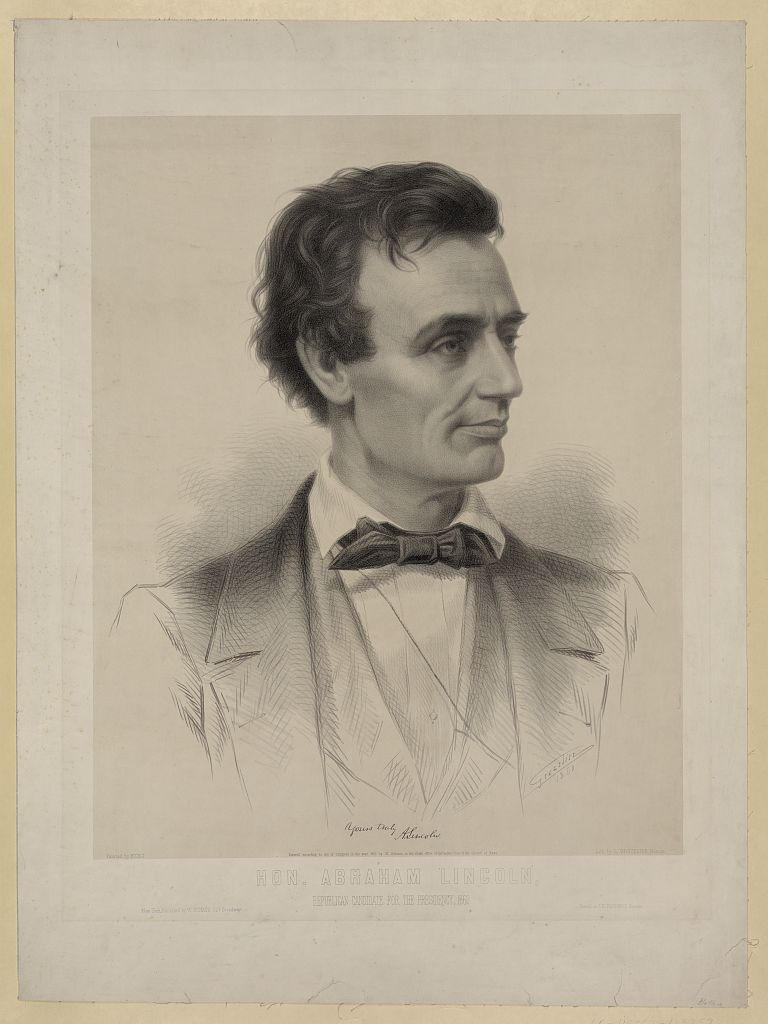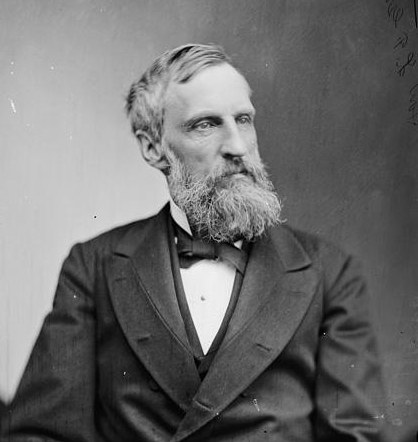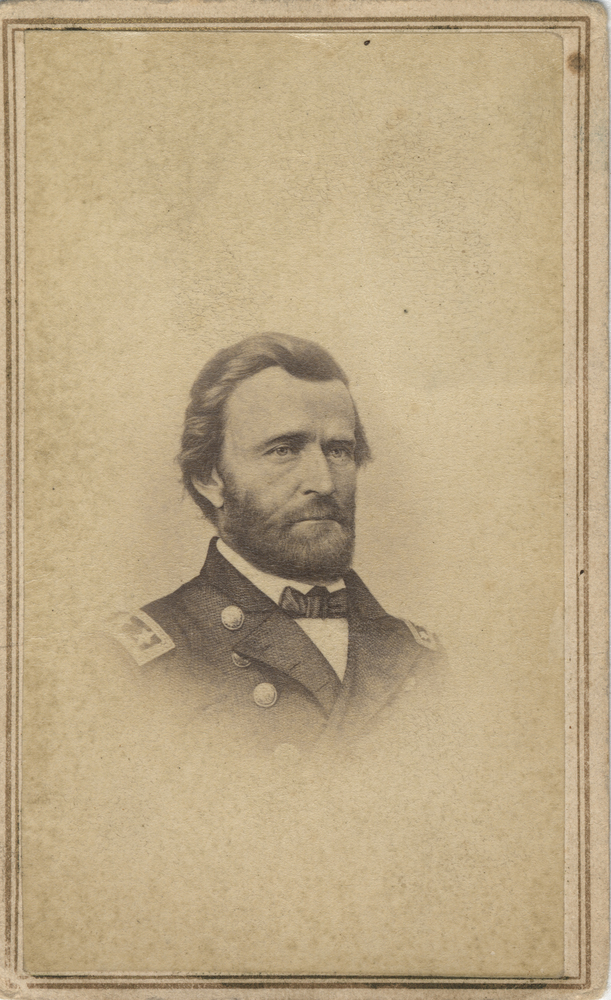In September and October 1880, Rutherford B. Hayes (1822-1893) became the first sitting United States president to visit Oregon. Four years earlier, Hayes had accepted the Republican Party nomination with a promise not to run for a second term. Hayes lost the national popular vote by more than 250,000 to Democrat Samuel J. Tilden, but Tilden was one electoral vote short of the 185 needed to win. As a result, Hayes became the only president ever elected by congressional commission.
In that election, Oregon was one of four states to submit conflicting election return certifications to Congress. Among the state’s three electors to the Electoral College was John W. Watts, a Republican who was deputy postmaster in Lafayette and who supported Hayes. Oregon Governor La Fayette Grover, a Democrat, declared Watts’s vote invalid, claiming he had violated the rule prohibiting electors from holding a federally appointed office. In his place, Grover appointed a Tilden-supporting Democrat and sent Congress a certification of election listing two votes for Hayes and one for Tilden. The Oregon canvassing board sent the original certification, indicating three electoral votes for Hayes.
The issue was finally resolved in March 1877 by a series of bargaining meetings between Hayes and Southern congressmen over the dismantling of Reconstruction reforms. Hayes agreed to the terms—the so-called Compromise of 1877—and a special commission created by President Grant gave him the presidency. Ending Reconstruction was one of the new president’s first official acts.
The disputed election troubled Hayes throughout his presidency and fueled his desire to reunify the nation in a demonstrable way. Near the end of his term, in the fall of 1880, Hayes toured the western states in an attempt to reach out to citizens who felt disenfranchised from Washington, D.C.
It is also likely that Hayes wanted to gain support from Oregon and other western states for his Native American and Chinese assimilation policies. He believed that “race prejudice” was jeopardizing international trade with China and that legal conflicts with the sovereign Indian nations could only be resolved “through extinction of the Indian as an Indian.” On his visit to Oregon, Hayes stopped at the government-run Indian Industrial and Training School in Forest Grove to confirm his support of off-reservation educational institutions and the forced assimilation of Indians into white society. Ironically, such efforts by Hayes and his administration, meant to aid Native Americans and resolve ongoing issues with Indigenous communities, had devastating and long-lasting effects on Oregonians whose children were removed from their homes and sent to boarding schools.
Hayes began his trip in September 1880 via the transcontinental railroad, stopping first in Wyoming and then on through Utah and Nevada, reaching Sacramento and San Francisco. From there, he traveled by rail to Northern California. The presidential party of twelve people, including the president’s wife Lucy Webb Hayes and General William Tecumseh Sherman, made its way from Yreka, California, to Ashland and Jacksonville by stagecoach. They stayed one night in Jacksonville, a night in Grave Creek at the stagecoach company's inn (managed by the president's driver, Billy Carll), and then a night at the home of Judge William R. Willis in Roseburg.
On September 30, the entourage went by train to Eugene City and Salem, where he delivered an address to a large crowd. In Portland, they stayed at the Esmond Hotel on Front Avenue, toured the city, and visited local schools. On October 1, he gave a speech at Mechanics’ Pavilion attended by as many as 9,000 people.
On October 3, the group visited Vancouver, Washington, and sailed up the Columbia on the steamship Wide West, changing to the Hassalo to reach The Dalles. They traveled by train to Umatilla and Walla Walla, where Umatilla Indians performed an hour-long dance. On October 6, the party headed back to Portland.
After a swing through the Puget Sound area, Hayes and his entourage took the Wide West from Kalama to Astoria on October 15. The party boarded the steamship Columbia the following morning for the return to San Francisco. From there, Hayes toured Southern California and several southwestern states before returning east in November.
-
![Rutherford and Lucy Hayes, c. 1875]()
Rutherford and Lucy Hayes, c. 1875.
Rutherford and Lucy Hayes, c. 1875 Courtesy Library of Congress, LC-USZ62-126421
Related Entries
-
![Election of 1860]()
Election of 1860
The presidential election of 1860 was a turning point in Oregon politic…
-
Herbert Hoover in Oregon
Herbert Hoover, the thirty-first president of the United States, spent …
-
![LaFayette Grover (1823-1911)]()
LaFayette Grover (1823-1911)
LaFayette Grover was politically one of the most successful Democrats i…
-
![Ulysses S. Grant (1822-1885)]()
Ulysses S. Grant (1822-1885)
Ulysses S. Grant, a native of Ohio, graduated from the U.S. Military Ac…
Map This on the Oregon History WayFinder
The Oregon History Wayfinder is an interactive map that identifies significant places, people, and events in Oregon history.
Further Reading
Deacon, Kristine. "On the Road with Rutherford B. Hayes: Oregon's First Presidential Visit, 1880." Oregon Historical Quarterly 112:2 (Summer 2011): 170-193.
Loftus, David. “President Hayes’ visit created sensation in Roseburg.” The News-Review, February 21, 1988.





